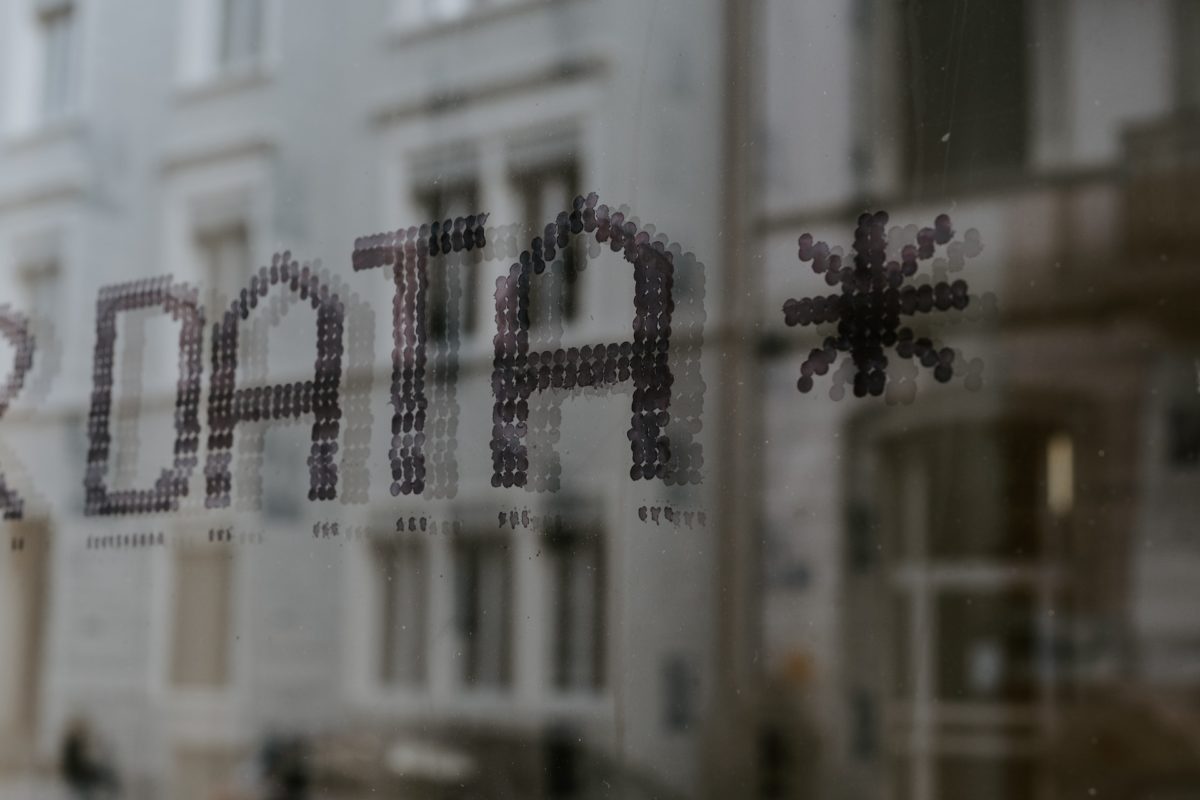Financial audits, and corporate decisions, reliable tools for sharing confidential data are crucial in the fast-paced worlds of mergers. Advanced data security is fundamental for protecting privacy and ensuring information integrity in the digital age. This guide aims to simplify the intricacies of these cutting-edge security features, highlighting their role in safeguarding sensitive data, ensuring compliance, and boosting confidence for businesses in today’s data-driven landscape.
Understanding Encryption and Secure Access in Virtual Data Rooms
Data Encryption and Secure Access Control – are two crucial elements that stand out in the realm of data security. Data rooms leverage these technologies to fortify defenses against unauthorized access and potential breaches.
Data encryption
Data encryption serves as a virtual vault for your sensitive information within the context of data room security. It transforms data into an unreadable format, which can only be deciphered by authorized parties with the decryption key. This ensures that even if unauthorized individuals gain access, the data remains unintelligible and, therefore, useless.
Secure access control
Secure access control involves stringent mechanisms to regulate entry into the virtual data room. This includes robust authentication processes and access permissions. Users are authenticated through unique credentials, and access rights are tailored based on roles.
It ensures that only those with legitimate reasons can access specific data. This dual-layered approach significantly reduces the risk of data leaks and unauthorized usage.
By mastering these security pillars, businesses can confidently navigate the digital landscape, knowing their sensitive information is under vigilant protection against the evolving challenges of the cyber world.
Advanced Authentication Protocols
In the ever-evolving landscape of cybersecurity, advanced authentication protocols stand as a formidable defense against unauthorized access to sensitive information within data rooms. Let’s delve deeper into the intricacies of two-factor authentication (2FA) and understand how it fortifies data room protection.
Two-factor authentication operates on the principle of requiring users to provide two distinct forms of identification before gaining access to a system or platform. In the context of data rooms, this typically involves the combination of a traditional password with a unique verification code.
-
Password protection: The foundational element is the user’s secure password, providing a baseline of protection. Recognizing the vulnerabilities of relying solely on passwords, an additional layer is imperative.
-
Unique verification code: This second layer involves a dynamic code, often sent to the user’s mobile device via SMS. It is generated by an authentication app, or delivered through email. Its time-sensitive nature significantly enhances security.
The combination of a secure password and a dynamic verification code adds complexity, drastically reducing the risk of unauthorized access. Even if a malicious actor obtains a user’s password, the need for the dynamic code acts as a formidable barrier.
Benefits of advanced authentication in data rooms
-
Credential theft mitigation: 2FA minimizes the impact of credential theft by requiring a second form of identification. Even if passwords are compromised, unauthorized access is thwarted without the dynamic verification code.
-
Regulatory compliance: Meeting regulatory standards, such as GDPR, is facilitated by implementing advanced authentication protocols. Compliance with multi-factor authentication recommendations ensures alignment with legal frameworks for handling sensitive data.
-
User accountability: Advanced authentication creates a digital trail, recording user access to the data room. This accountability is invaluable for audits and investigations, instilling confidence in users and stakeholders.
In conclusion, two-factor authentication enhances data room security by adding a crucial layer of protection beyond passwords. Elevate your virtual data rooms into trusted environments for confidential information. Stay ahead of cyber threats with these advanced security measures.
Compliance and Data Protection Laws in Data Room Security
Compliance with data protection laws, including GDPR and HIPAA, is the unyielding foundation in the intricate tapestry of data security. Data room regulations emerge as the guardians of this crucial alignment with legal requirements.
Imagine the regulatory seas, where data protection laws like GDPR and HIPAA cast formidable waves. Data rooms navigate with precision, ensuring businesses not only stay afloat but sail confidently through the complexities of compliance. It’s more than a journey—it’s a partnership where software becomes an indispensable allies, safeguarding personal data under the watchful eye of GDPR and securing health information in lockstep with HIPAA.
As the story unfolds, specific compliance standards like ISO 27001 and SOC 2 emerge as guiding lights, illuminating the path to robust data protection. These grades, revered as gold standards in information security management, become beacons guiding data rooms. Witness how adherence to these standards elevates data room security, creating a narrative of trust and confidence among clients and partners.
As we conclude this chapter, view data rooms through a different lens—not just as guardians of compliance but as strategic partners in the ongoing narrative of data security. Their commitment to continuous compliance and adaptation to evolving standards becomes the plot twist that ensures businesses not only navigate but thrive in the intricate landscape of data security and regulatory compliance. In this partnership, confidence and resilience become the central themes, and data rooms stand as stalwart allies in the ever-evolving story of safeguarding sensitive information.
Summary
Examine how these cutting-edge security features protect sensitive information, ensure compliance, and provide peace of mind in an increasingly digital world. This guide is essential for businesses and professionals looking to understand and leverage these next-gen data security tools in their data rooms.

